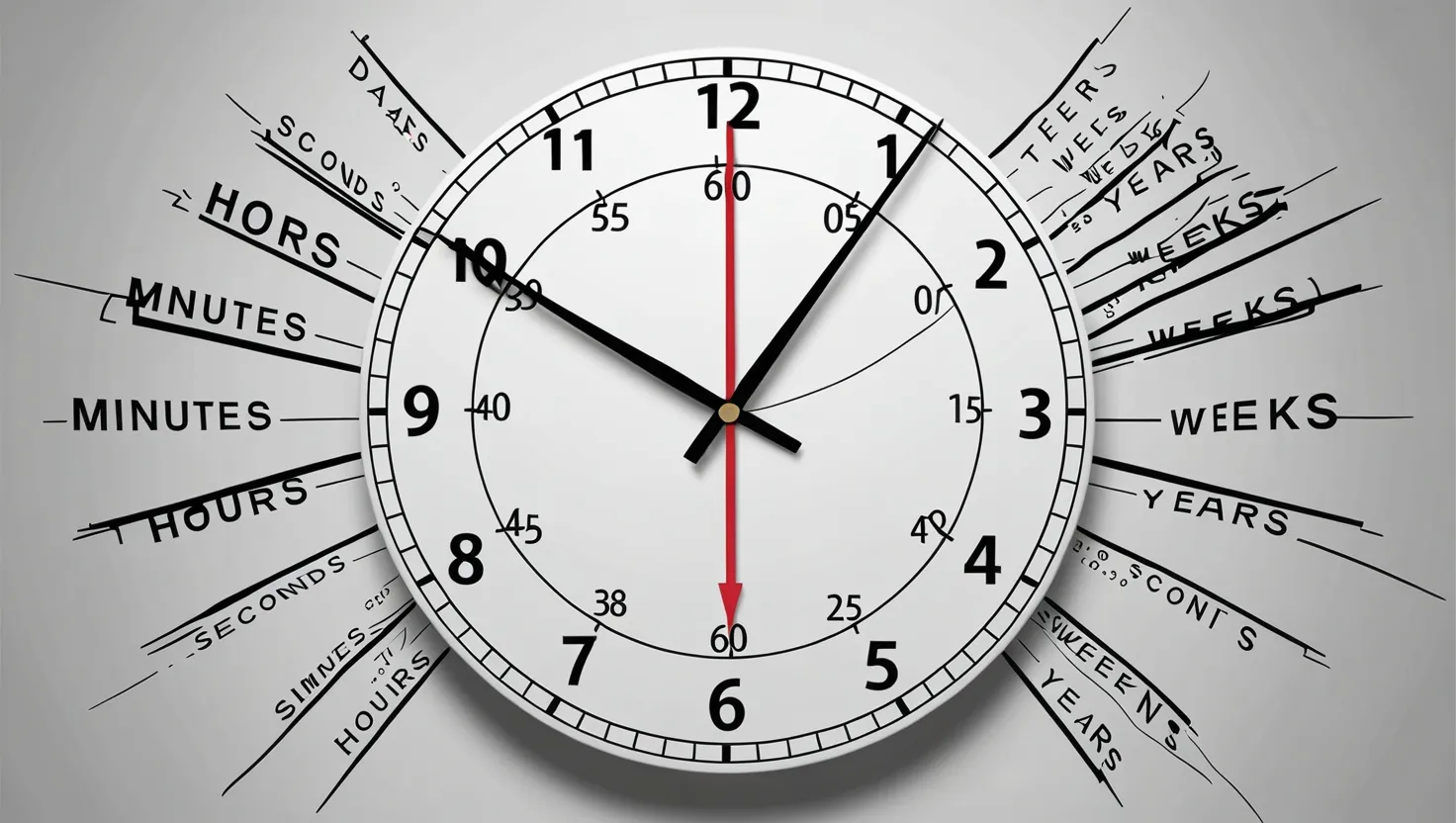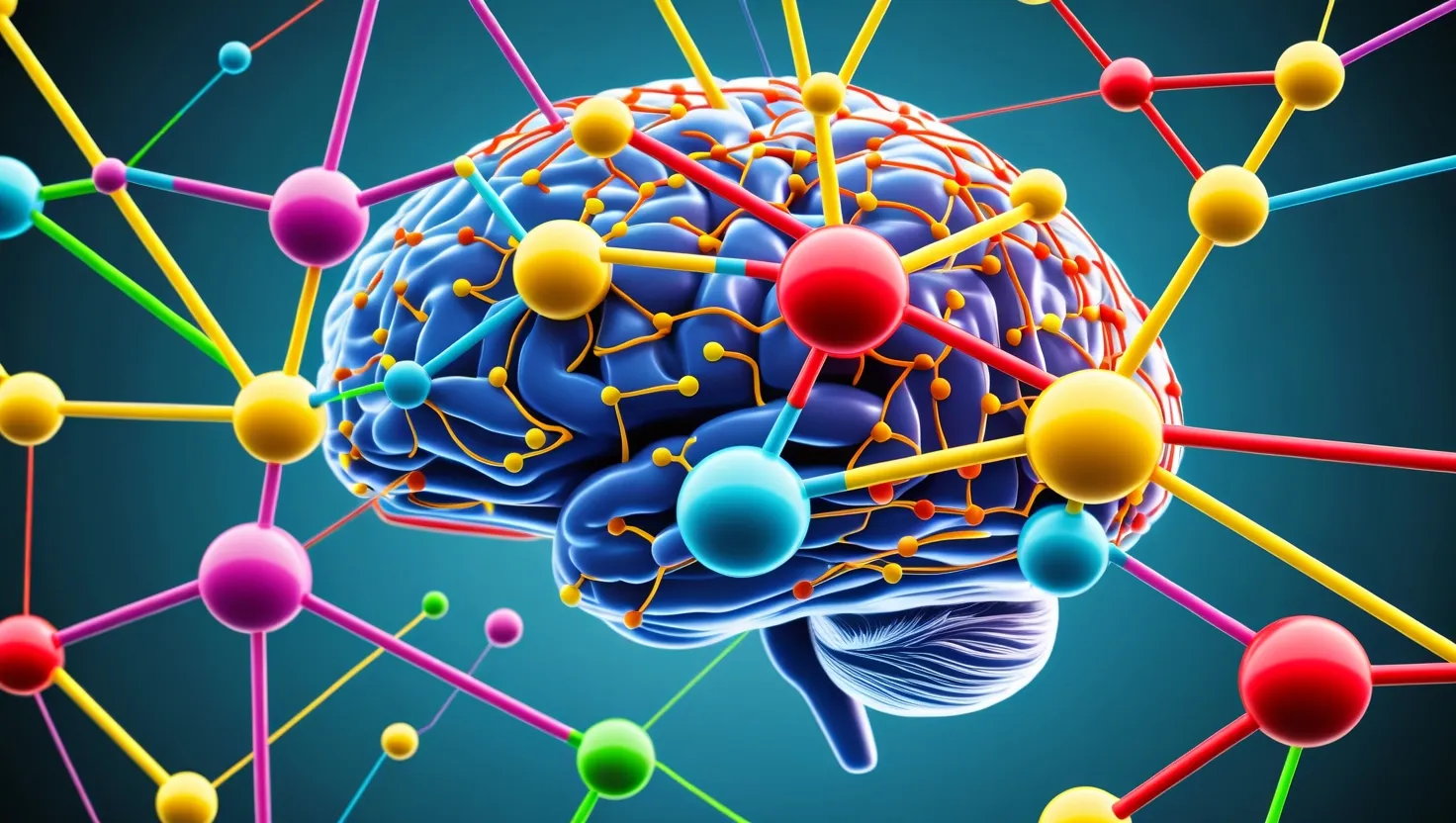Ever felt like your to-do list is more like a battlefield, where priorities jostle for your attention and urgent fires pull you away from what really matters? If you’re anything like me, you’re always searching for smarter ways to make effective choices about where your energy goes. It turns out, productivity isn’t just about grit or time management—it’s about making reliable decisions in a world overflowing with options. Decision matrices are among the most versatile, practical tools you can use. Let’s walk through nine that can transform how you work and maybe even how you live.
“Whenever you see a successful business, someone once made a courageous decision.”
— Peter Drucker
The Eisenhower Matrix is where I started my journey. It’s as simple as drawing a box and dividing your tasks by two axes: urgency and importance. What’s fascinating, though, is how most of us gravitate first toward the urgent—because urgent feels good, doesn’t it? You put out a fire, answer a pressing email, and immediately feel accomplished. But that top left quadrant—the important but not urgent tasks—is where exponential growth actually lies. I’ve found the hardest part isn’t knowing which box each task belongs in. It’s having the discipline to protect time for the stuff that’s quietly important before it turns into another crisis. So I ask myself: How often am I protecting Q2 time, or am I just firefighting yet again?
The Energy-Task Alignment matrix never showed up in old productivity books, but I’m convinced it’s among the most powerful techniques. Here, I map my natural energy levels throughout the day—am I sharp in the mornings, or do ideas spark at midnight? Then, I layer in the type of task. Creative writing? That needs a high-energy slot. Monthly reports? I pair those with my mid-afternoon slump. The revelation for me was just how much I’d been ignoring my own biology, forcing hard thinking into my worst energy windows. Once you start thinking this way, you’ll stop blaming yourself for procrastinating and instead use your energy rhythm as the lever for smarter work.
“Give me six hours to chop down a tree and I will spend the first four sharpening the axe.”
— Abraham Lincoln
Cost-benefit analysis sounds dry, but it’s a game-changer. When I’m looking at a list of tasks, I visualize them plotted by potential value and required effort. Suddenly, those nagging, time-consuming tasks that have little payoff stand out clearly. I prioritize the low-hanging fruit first: high-value, low-effort wins. But the real secret is to use this matrix as a defense against busywork. It’s not enough to celebrate ticking boxes; the win comes from not getting bogged down in low-value, high-effort tasks that won’t move the needle for you or your team. Sometimes, not doing something is the most productive choice.
Now, let’s talk about the Skill-Interest Grid. This matrix invites you to plot your projects by how skilled you are versus how much you want to do them. I use it not only to guide my own growth but also to help team members find their sweet spot. High skill and high interest? That’s your zone of genius. The low-skill, low-interest projects are not just demotivating, they’re often where mistakes and delays happen. Delegation, outsourcing, or even eliminating these is rarely a bad move. Have you ever fallen into the trap of “I should do this because I can”? This matrix gives you permission to step away and focus on where your best work emerges.
“Decide what you want, decide what you are willing to exchange for it. Establish your priorities and go to work.”
— H.L. Hunt
The Regret Minimization Framework might sound like a startup retreat hack, but its roots run deep. When I’m facing a fork in the road—one that pits short-term comfort against long-term gain—I sketch out a simple box: short-term discomfort on one side, long-term regret on the other. What would my older, wiser self wish I’d done today? This isn’t just about work, by the way. It’s how I decide to hit the gym when my couch beckons, or say yes to a tough conversation instead of avoiding it. Imagine if you made decisions not just to avoid pain now, but also to spare yourself future remorse. How much would that shift your trajectory?
Then comes the Impact Assessment matrix. This isn’t just about the bottom line; it’s about consequences, intended and otherwise. Place your stakeholders—coworkers, clients, your community—on one axis and potential impact on the other. When I started doing this, I realized how some tasks that feel trivial to me might be critical to others. Conversely, projects that seem massive internally can have very little outward effect. Focusing effort on what brings the highest positive impact to the most important stakeholders keeps you out of the weeds and aligned with what matters to your environment.
“Management is doing things right; leadership is doing the right things.”
— Peter Drucker
The Time-Value Chart lives at the intersection of time invested and how long the payoff lasts. Here’s where I see a lot of teams (and myself) chasing solutions that are quick fixes—high effort for instant gratification, but little staying power. But imagine if most of your actions created value that lasted not just for days, but for months or years. That quarterly planning session? The new onboarding manual? These investments often pay dividends long after the work is done. It’s an antidote to the hamster wheel of reactive tasks. Each action becomes an asset, not just another check mark.
Risk-Reward Evaluation is the tool I reach for when the stakes are high. Most of us either overestimate or underestimate risk, depending on our temperament. I layout potential rewards on one axis, and possible risks on the other. The magic happens in those rare corners: high reward, low risk. These are your golden opportunities, and they’re often hiding in plain sight while everyone else scrambles for the obvious wins or gets paralyzed by fear. How do you spot hidden upside? Frame each project or proposal with this matrix and see where the real bets lie.
“Risk comes from not knowing what you’re doing.”
— Warren Buffett
Lastly, the Delegation Decision Tree isn’t just about getting rid of tasks you don’t like. It’s about recognizing your unique value and ensuring you spend your time where it counts most. On one axis, I list task importance; on the other, how unique my contribution really is. If someone else can accomplish 80 percent of the result with half the effort, delegation is not just practical—it’s essential. I often challenge myself: Am I holding onto an activity because of ego, habit, or a misplaced sense of responsibility? Letting go can be uncomfortable, but it’s the only way to make space for high-leverage work.
So, why bother with so many matrices? Isn’t one enough? The answer lies in the variety of situations and personalities we encounter. Some days demand a focus on urgency; others beg for deep reflection or creative flow. What matters is building a toolkit, not a single silver bullet. Each matrix is a lens, revealing a different aspect of the decision landscape. The more ways you have to examine a problem, the more likely you are to make nuanced, intentional choices.
Are you using your time in ways that will matter tomorrow, or just reacting to what’s loudest today?
If your calendar reflected your real priorities, how would it look different?
What would change if you spent the first ten minutes of your day mapping out decisions instead of just diving in?
In my experience, decision matrices aren’t just productivity hacks—they’re frameworks for living deliberately. They force us to slow down, weigh trade-offs, and clarify what’s actually at stake. Productivity becomes less about checking boxes and more about steering the ship with purpose. The next time you’re buried in options, sketch out a grid or two. You might just surprise yourself with the clarity that emerges.
“To change one’s life: Start immediately. Do it flamboyantly. No exceptions.”
— William James
So the question persists: Which matrix will you try first? And what will you do with the clarity it brings?






